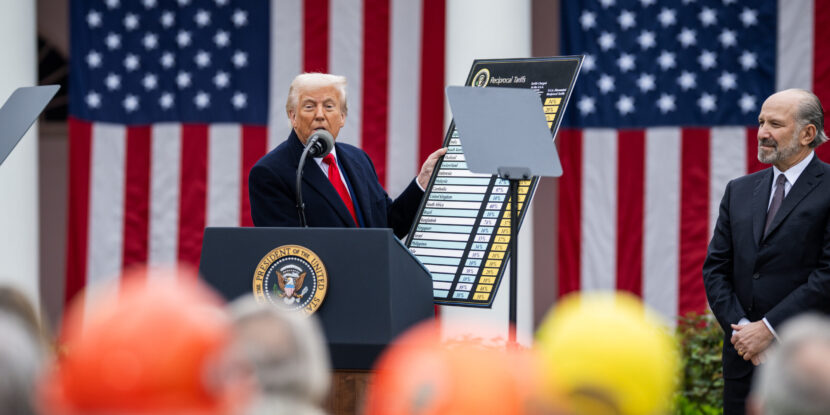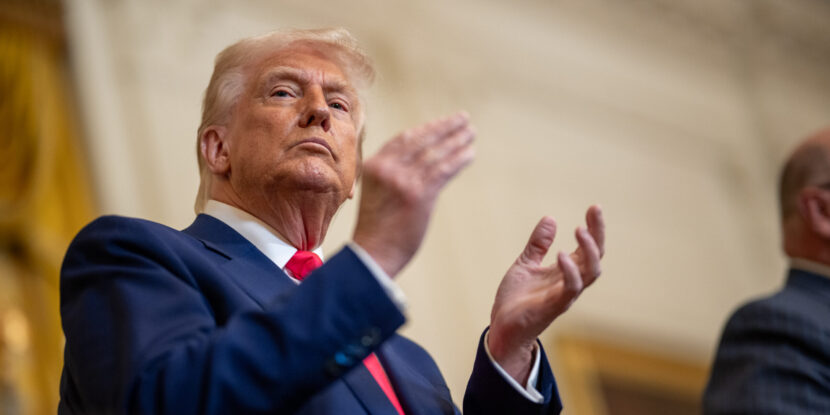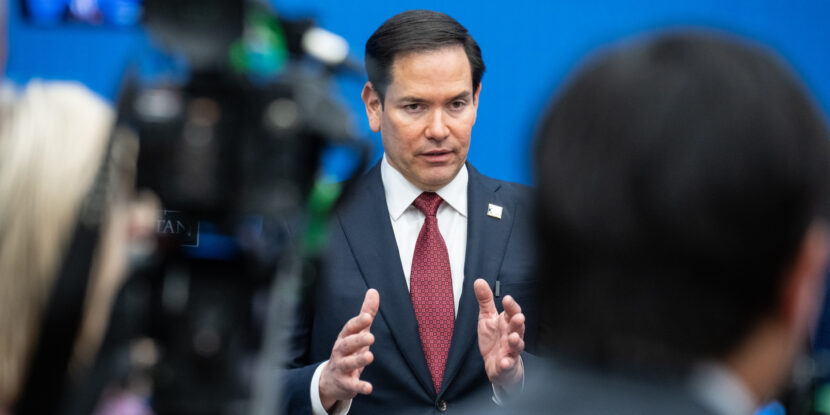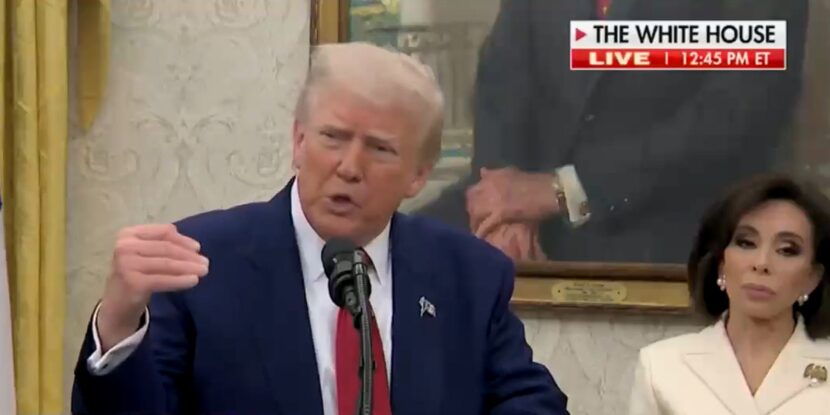PULSE POINTS:
❓What Happened: U.S. government tariff receipts for May have already surpassed $22.3 billion.
👥 Who’s Involved: President Donald J. Trump, U.S. Treasury Department.
📍 Where & When: United States, May 2023.
💬 Key Quote: “We’re going to make a lot of money [from tariffs] and that money’s going to be used to reduce taxes,” Trump said on April 23.
⚠️ Impact: Tariff revenues have surged, now representing around four percent of federal revenue overall.
IN FULL:
Tariff revenues collected by the U.S. government in May have already exceeded $22.3 billion, according to data from the Treasury Department. A significant deposit of over $16.5 billion was recorded on May 22 alone.
This spike in receipts, categorized under “Customs and Certain Excise Taxes,” has been driven by President Donald J. Trump’s trade policies, aimed at encouraging the reshoring of American manufacturing from foreign countries.
The total for May has already surpassed the $17.4 billion collected in April and the $9.6 billion in March. Since January 1, more than $92 billion has flowed into government coffers.
The surge follows the implementation of a 10 percent tariff on nearly all imports starting April 5, marking the first full month these duties were in effect. Additional tariffs on products such as steel and aluminum are in place for most countries, and some countries also face tariffs particular to them, with China paying a 20 percent tariff for its role in the U.S. fentanyl crisis, for instance.
May did see tariff reductions on many imports from China and the United Kingdom. However, despite these concessions, President Trump hinted at the possibility of further tariffs, warning on social media, “I am empowered to ‘SET A DEAL’ for Trade into the United States if we are unable to make a deal.”
The America First leader has also indicated plans for new tariffs targeting specific sectors that make important products abroad, such as semiconductors and pharmaceuticals and potentially companies like Apple and Samsung. These tariffs are part of broader efforts to reshape U.S. manufacturing and generate revenue.
Historically, tariff revenues have accounted for approximately two percent of federal revenue, with the recent surge roughly doubling that figure to around four percent.
“We’re going to make a lot of money [from tariffs] and that money’s going to be used to reduce taxes,” Trump stated on April 23.























